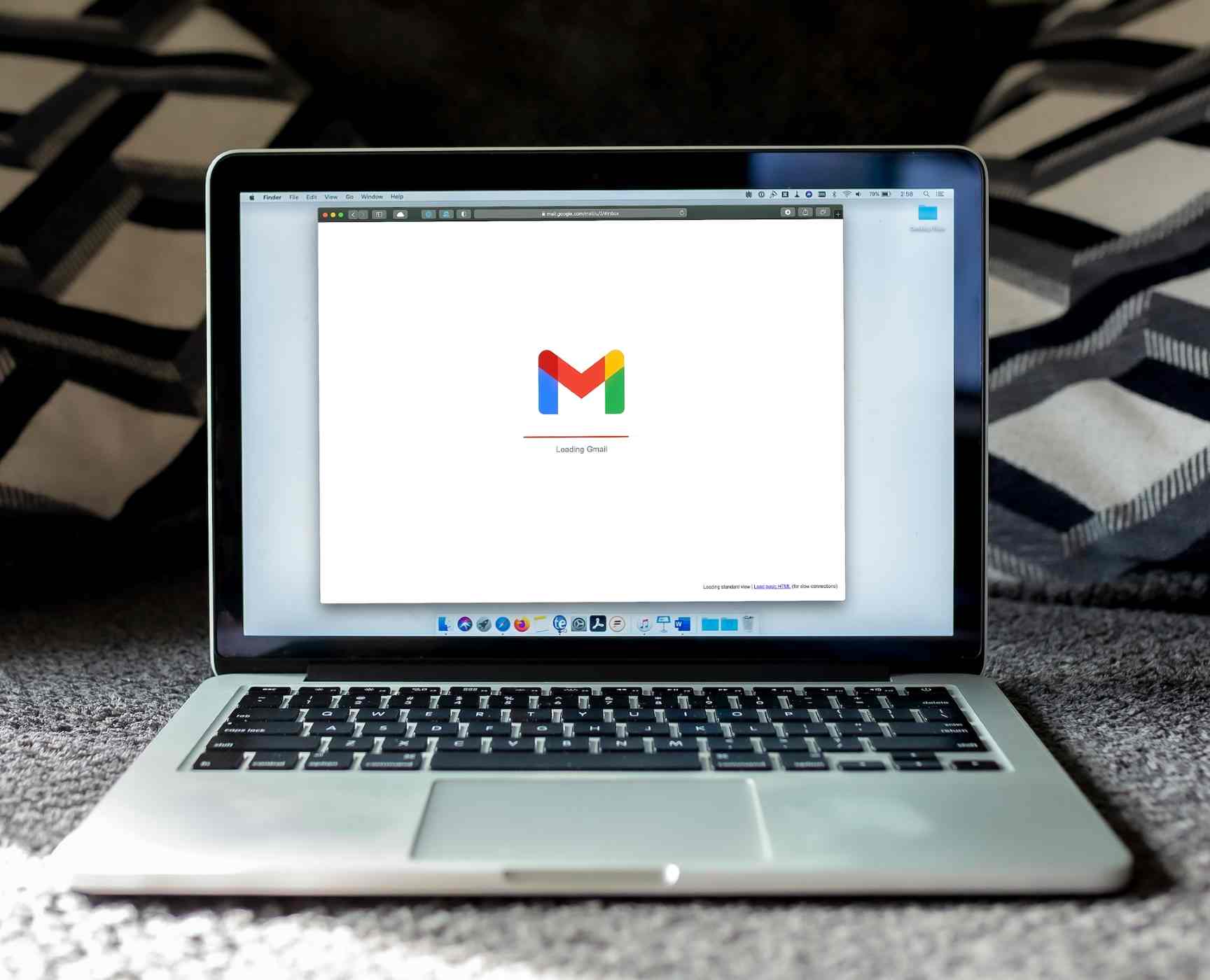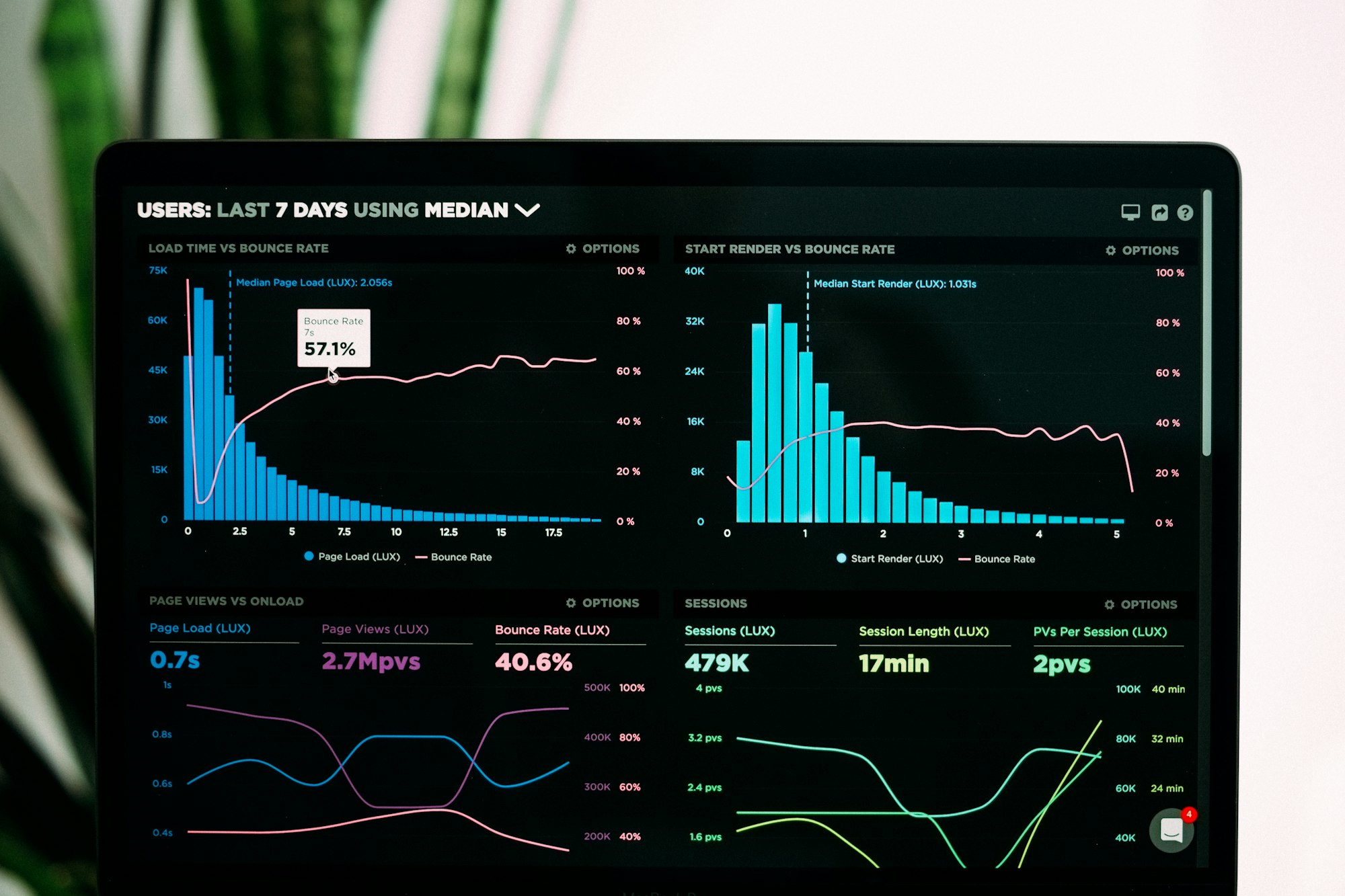How to create an effective content calendar for marketing
Planning and creating a content calendar for marketing isn't too difficult if you can follow these basic steps.

Have you considered using a content calendar to streamline your marketing efforts and stay ahead of the competition in the digital space?
If not, then you really should start on one – a well-organized content calendar can help improve the effectiveness of your marketing strategies.
This article covers the essential elements of a successful content calendar and how to create one for your business.
Understanding the purpose of a content calendar for marketing
A content calendar is a marketing plan for everything you want to share and promote on your website, social media, and other places.
It helps you coordinate your team’s efforts across multiple channels and ensure that you are publishing only high-quality content that resonates with your target audience.
With a content calendar, you can track your results and improve your future content if needed.

Identify your target audience

Making content that connects with the people you want to reach is necessary. To achieve that, you need to know who they are.
What do they like, what problems do they have, and what challenges do they face? What type of content do they like? Which websites do they visit the most?
This information will help you make content that matters to them and fits their interests.
That will make it more likely that they will pay attention to your brand. By understanding your target audience, you can create content that resonates with them and builds a strong connection.
Choose the right channels

When it comes to promoting your content, it's essential to choose the proper channels to reach your target audience and support your content goals. The channels you choose should align with your target audience's preferences and behavior.
Your options may include your company website, social media platforms, email marketing, or paid advertising.
By selecting the proper marketing channels, you increase the likelihood that your content will be seen and engaged with by your target audience.
For instance, if your objective is to generate leads, it's crucial to focus on creating high-quality content for your website and email marketing campaigns, as these channels provide a more direct and targeted approach for potential customers.
On the other hand, social media may be a better choice for building brand awareness and increasing engagement.

Plan your content calendar for marketing

With your goals, target audience, and channels in mind, it's time to plan your content. That’s where you will decide what type of content you want to produce, when you want to publish it, and how you will promote it.
When planning your marketing content calendar, consider the following:
- The topic or theme of the content
- The content structure (blog post, video, infographic)
- The tone and style of the content
- The target keywords for search engine optimization (SEO)
- The call-to-action (CTA) for each piece of content

Create your content calendar

Now, it's time to put your content plan into action with a content calendar.
For that, you can use many tools like Asana, Notion, or Google Calendar. Another way is to make one yourself using a spreadsheet or document.
Each piece of content on your content calendar needs to have the following details:
- Title
- Publication date
- Channel(s) for publication and promotion
- Keywords for SEO
- Call-to-action (CTA)
- Any other notes or information
Remember to be flexible with your content calendar. If a piece of content isn't doing well, you can always change your promotion plan or reschedule it for a better time.

Implement and monitor your content calendar

With your content calendar set, it's time to bring it to life. That means producing your content, sharing it through your chosen channels, and monitoring its success.
Keep track of your progress using tools like Google Analytics, or the in-built analytics service on social media sites such as Facebook Ads Manager.
These tools will allow you to see how many people are visiting your website, how much engagement your content is getting on social media, and how many conversions you're making.
All these information will give you a clear understanding of how your content is performing and allow you to make any changes necessary to further tweak them to increase your success.


